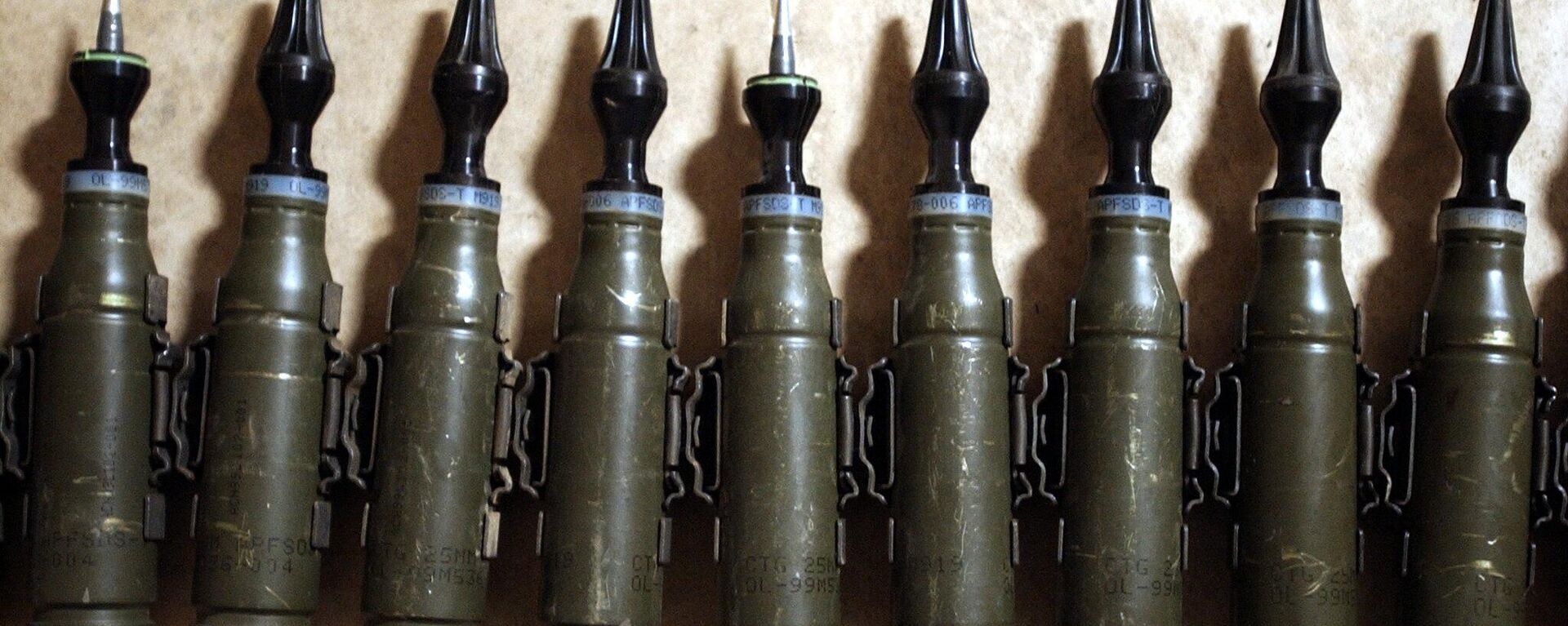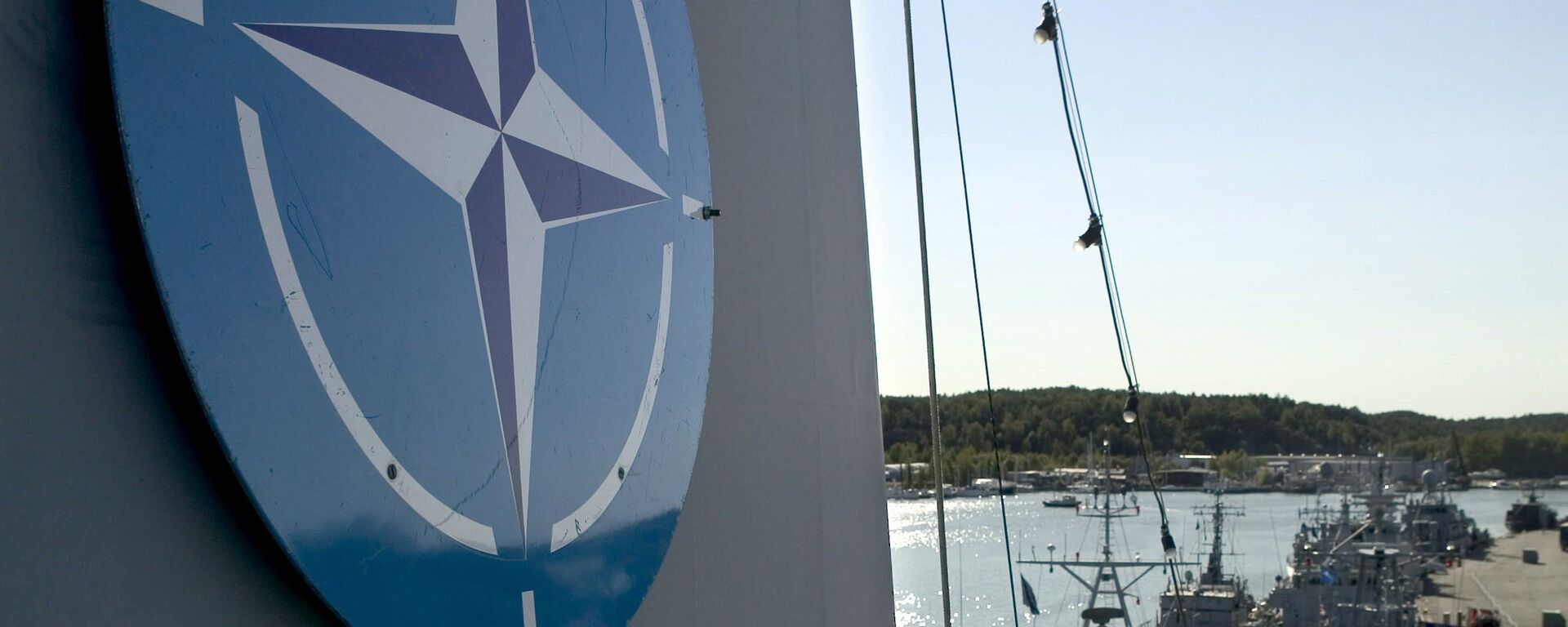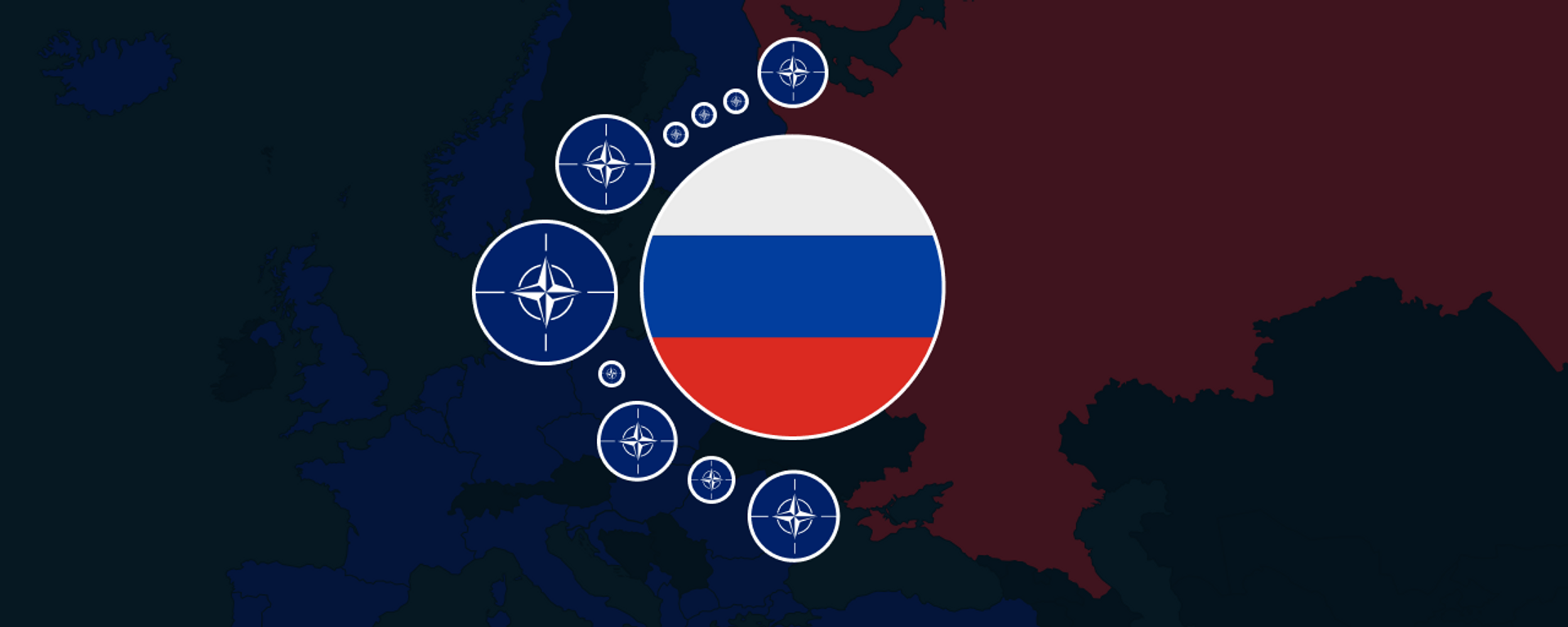The Belarusian Armed Forces have received Russian state-of-the-art nuclear-capable Iskander-M operational-tactical missile systems. As NATO strengthens its anti-Russia course, Moscow and Minsk have been boosting the effectiveness of their joint air defense.
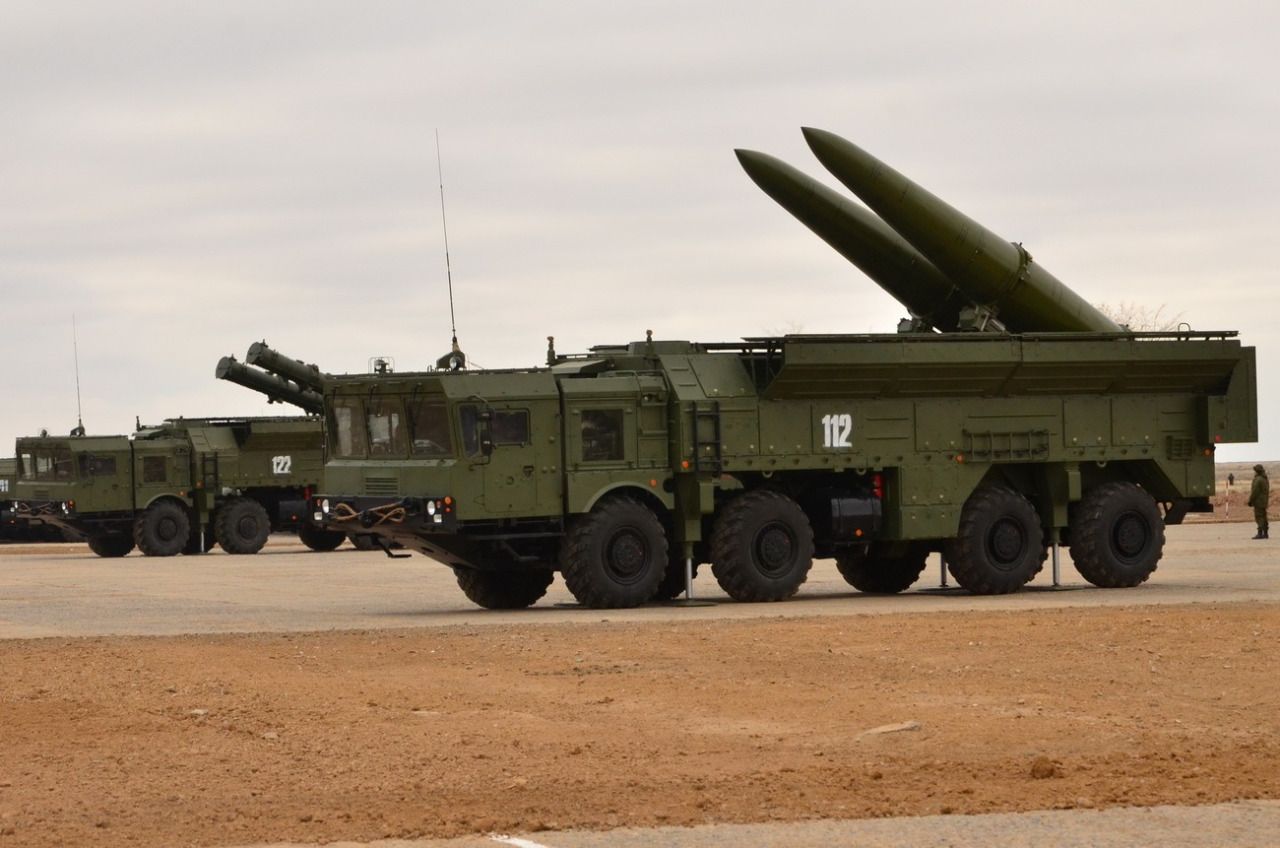
Russia delivered nuclear-capable Iskanders to Belarus for two reasons, according to Dmitry Suslov, deputy director of the Center for European and International Studies at Russia’s Higher School of Economics and deputy director of research at the Russian Council on Foreign and Defense Policy.
“Reason number one is the long term nature of the Russia-West confrontation and the decision of the United States and NATO to conduct a comprehensive long term militarization of Europe and the robust increase of their military presence in Central and Eastern Europe, which alters the military balance,” Suslov told Sputnik. “The second reason for these Russian moves is to send a warning message to NATO that their policy of hybrid war against Russia is very dangerous because NATO is increasing the volume, scale and quality of its military assistance to Ukraine, NATO commits itself to inflicting strategic defeat on Russia.”
Following the beginning of the Russian special military operation in Ukraine in February 2022, the US and its NATO allies have ramped up the provision of lethal weapons to Kiev, kicked off military modernization of European forces, and increased their military presence in Central and Eastern Europe.
NATO commits itself to be able to deploy at least 300,000 troops in Central and Eastern Europe and is building military infrastructure in Poland, te Baltic States, Romania, and other Central and Eastern European states, according to Suslov. In addition, NATO has vowed to establish a 2% share of GDP on the military expenditures as a minimum, not ceiling for NATO countries. Last month, the UK committed to provide the Kiev regime with a squadron of Challenger 2 main battle tanks, as well as ammunition including armor-piercing rounds that contain depleted uranium.
In response to NATO’s fanning of the Ukraine conflict and military buildup, an undisclosed number of mobile, nuclear-capable Iskander short-range ballistic missile systems were sent to Belarus along with S-400 air defense systems in late December 2022 in a bid to bolster the efficiency of the unified Russian-Belarusian air defense system, as Russian Deputy Foreign Minister Mikhail Galuzin told Sputnik at the time.
On April 4, 2023, Russian Defense Minister Sergey Shoigu told the leadership of the Russian Armed Forces that the nuclear-capable Iskander-M tactical missile system had been transferred to the Armed Forces of Belarus. The training of Belarusian units began on April 3 in Russia; some Belarusian attack aircraft have received the ability to strike using nuclear weapons.
Russian Tactical Nuclear Weapons in Belarus
Shoigu’s announcement came after Russian President Vladimir Putin revealed that Moscow and Minsk had agreed to deploy tactical nuclear weapons on the territory of Belarus. Responding to the West’s criticism, Vasily Nebenzya, Russia’s permanent representative to the UN, emphasized that Russia is not violating its international obligations on non-proliferation.
“We are talking about the transfer to the Republic of Belarus of the Iskander-M operational-tactical missile system; the re-equipment of aircraft of the Belarusian Air Force and the training of crews; the construction of a special storage facility for tactical nuclear weapons on the territory of Belarus, which, I emphasize, will be under the control of Russia,” Nebenzya told a UN Security Council meeting on March 31.
Earlier, the German and EU leadership accused Moscow of threatening the bloc’s security and posing a “threat of attack” by deploying tactical nuclear weapons in Belarus. Meanwhile, Germany still hosts around two dozen US B-61 nuclear gravity bombs at the Büchel Air Base.
As per the Council on Foreign Relations, an influential US think tank, US tactical nuclear weapons remain at six bases in five NATO member countries: Belgium, Germany, Italy, the Netherlands, and Turkiye.
“First, tactical nuclear weapons have not yet been deployed [in Belarus],” Yevgeny Buzhinsky, lieutenant-general (ret.), chairman of the PIR-Center think tank executive board and professor at theHigher School of Economics, told Sputnik. “Second, nuclear weapons are a deterrent. This is not a battlefield weapon. We have nuclear weapons, the United States has nuclear weapons, Britain has strategic ones, France has them (…) There can be no limited use of nuclear weapons. Any use of nuclear weapons, and our president spoke about this, on our territory will lead to a strategic response. So this is the apocalypse. (…)Therefore, I would not say that this will lead to any change in the balance. There is a balance of containment, and there will be.”
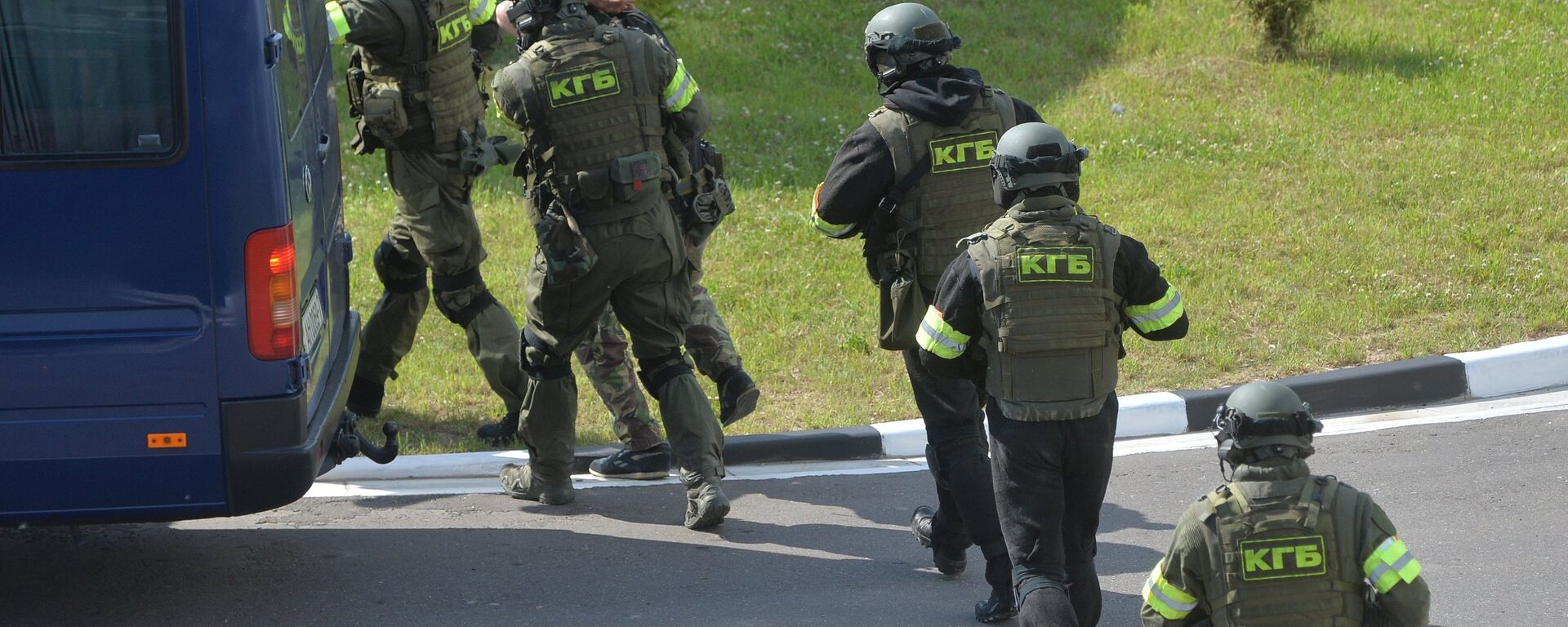
Poland’s growing military threats towards Belarus have also played a substantial role in decision-making by Moscow and Minsk, as per Russian military analyst Vladislav Shurygin. He cited the fact that the Polish Army has been reinforced, prompting the General Staff of the Armed Forces of Belarus to assume that Warsaw is preparing for an offensive war.
Poland’s ruling Law and Justice (PiS) party has been promoting an expansionist agenda, including the revival of the old Commonwealth of Lithuania, Poland, and Ukraine for the purposes of strengthening the mutual military alliance. During the 2020 public unrest in Belarus, Belarusian President Alexander Lukashenko accused policymakers of Poland, Lithuania, Ukraine, and the Czech Republic of trying to carry out a coup d’etat. According to some experts, over the past 30 years, Warsaw has built infrastructure to influence public opinion in Belarus.
“Iskander complexes actually cover almost the entire territory of Poland,” Shurygin told Sputnik. “Russia wants to be able to paralyze in advance any attempts by Poland to organize any military adventure against Belarus or to threaten Belarus in any way. Thus, Russia neutralizes the threat posed by Poland. Nearby is [Russia’s] Kaliningrad enclave, which is also under threat. And, accordingly, in this case, the strengthening of the Belarusian direction makes [Poland – Sputnik] vulnerable from two sides.”
In addition to Warsaw’s threats, Belarus is also facing a challenge from Ukrainian saboteurs and terrorists, according to Shurygin. He noted that Ukraine has already deployed a powerful grouping on the border with Belarus. At the same time, NATO troops stationed in the Baltic States also pose a threat to Minsk. Therefore, all three of these threats – from Poland, Ukraine, and the Baltic nations – require the improvement of the Belarusian Army and the strengthening of its combat capabilities, something that Russia is doing right now.
Finland’s accession to NATO complicates the regional status quo even further, according to Sputnik’s interlocutors.
“As soon as Finland joined NATO, it started to be perceived by Russia as a potential military threat, no different than other NATO member states and NATO in general, which poses grave and the gravest military threat to Russia these days,” said Suslov. “So Finland, by definition, has become a source of danger because by joining NATO, Finland commits its troops to the central NATO military planning. And now if a NATO-Russia military conflict occurs, Finland would be compelled by the fact of its membership in NATO to participate in this conflict, to send its troops against the Russian Army. And thus Russia will, by definition, consider Finland first – as a source of military threat on par with NATO in general, and second – as a potential theater of war.”
Finland’s neutrality was stipulated by the Paris Peace Treaty of 1947, which was signed after the end of the Second World War between the Allied powers – including the USSR, UK, US and France – and former Nazi German allies, such as Italy, Romania, Hungary, Bulgaria, and Finland.
During the Second World War, Finland was instrumental in besieging St. Petersburg, known at the time as Leningrad, by Nazi Germany’s forces. The Siege of Leningrad (1941-1944) became one of the longest and most destructive sieges in history: it trapped some 2.8 million people, including 400,000 children, and killed between 600,000 and one million inhabitants.
Finland’s NATO membership again presents a grave threat to St. Petersburg and Russia’s northwestern regions, according to Shurygin. Moreover, NATO warships and military aircraft deployed in Finnish ports and air bases may well be carriers of nuclear weapons, he added
“Accordingly, we consider the entire territory of Finland as a territory from which we have a threat of tactical nuclear use,” Shurygin said. “In this regard, [Russia] decided to create a powerful northern group. We will deploy additional forces along the borders. But the most important thing is that from now on, Finnish airfields, Finnish cities, and Finnish ports have become absolutely legitimate targets for our nuclear weapons. That is, now it will be aimed in that direction. Apart from that, of course, we will no longer regard Finland as a friendly country. We will consider it as an adversary with all the consequences.”
As for other measures, Russia is expected to halt cooperation with Finland in a number of fields, including the joint exploration of the Arctic region, Yevgeny Buzhinsky remarked. “There were many plans, including Finland, for the development of the Arctic,” he said. “Now, probably, all these projects will collapse.”
As per Sputnik’s interlocutors, what the West is trying to present as Russian expansionism and militarism are reactions to NATO’s continuous expansion, which resumed in 1997-98. Moscow’s determination to protect itself and its allies has been explicitly outlined in its new foreign policy doctrine, signed by Russian President Putin on March 31.
Published by Sputnik News
Republished by The 21st Century
The views expressed in this article are solely those of the author and do not necessarily reflect the opinions of 21cir.com

